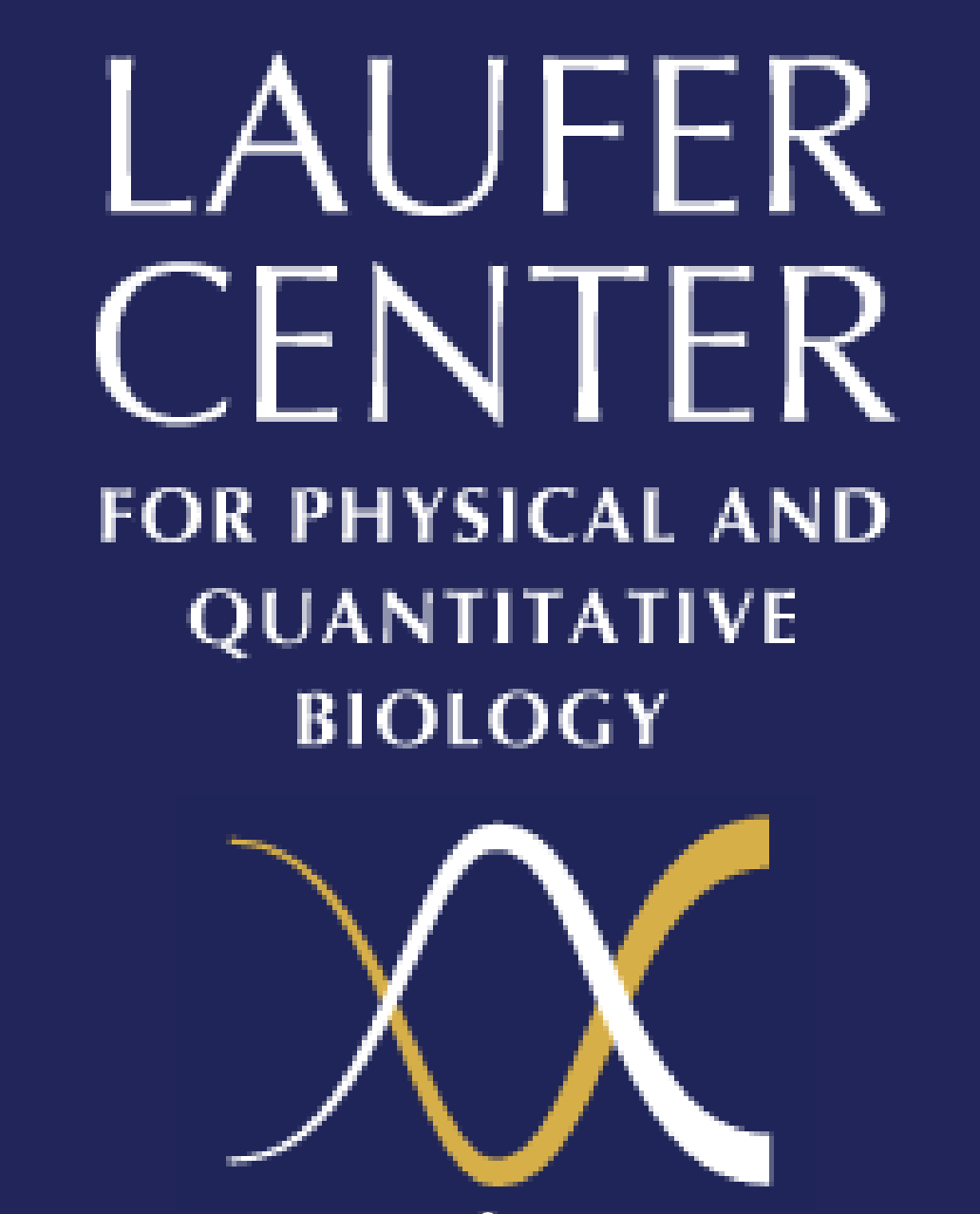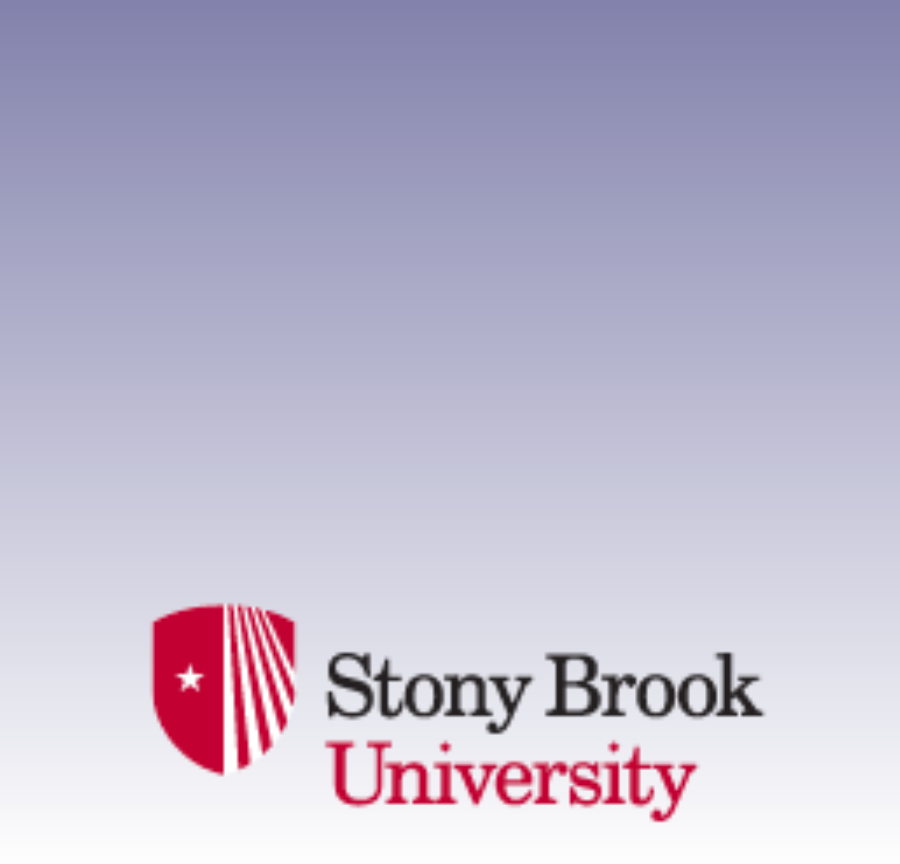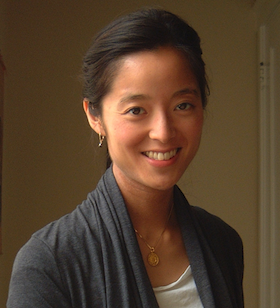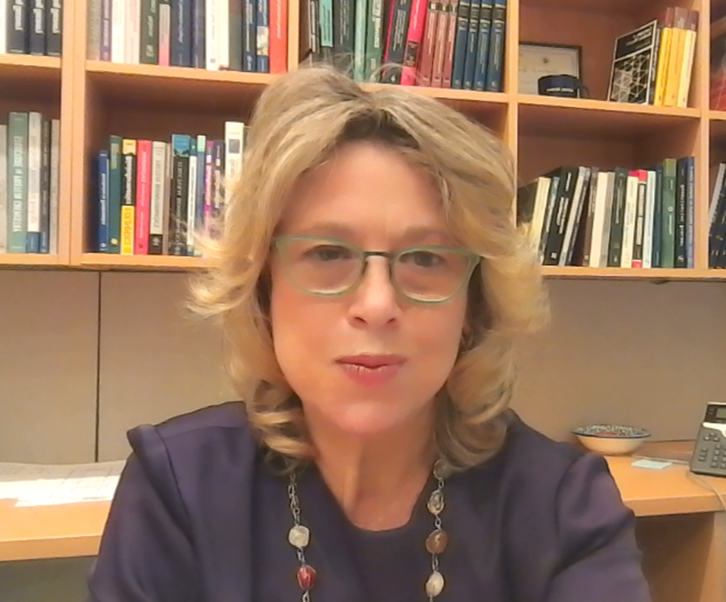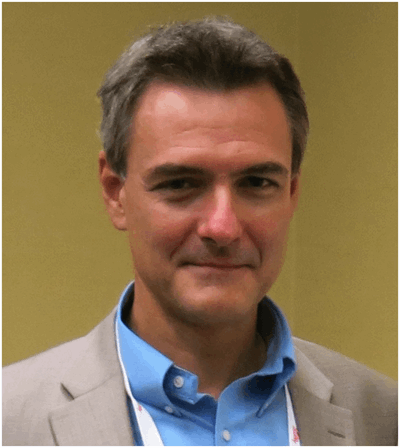Events Calendar
Jie Xiao
Assistant Professor, Department of Biophysics and Biophysical Chemistry, Johns Hopkins University, School of Medicine
Gene regulation at the single-molecule level: transcription factor and DNA looping
Precise gene regulation is essential for the growth and development of all organisms. In prokaryotes, gene regulation primarily occurs at the level of transcription. Transcription factors (TFs) are protein molecules that bind to DNA and determine when, where and at what level a gene is transcribed. Many TFs autoregulate their own expression, suggesting that autoregulation may counter intrinsic stochasticity in gene expression. Furthermore, DNA loops mediated by TFs play important roles in gene regulation. Past studies have shown that long-range DNA interactions between the operator sequences OR and OL (separated by 2.3 kb), mediated by the λ repressor CI, play key roles in determining whether a prophage stays incorporated in the E. coli chromosome or enters the lytic cycle of phage propagation and cell lysis.
Using a new strategy, cotranslational activation by cleavage (CoTrAC), we first probed the stochastic expression dynamics of cI, which encodes the bacteriophage l repressor CI, a fate-determining transcription factor. CI concentration fluctuations influence both lysogenic stability and induction of bacteriophage l. We found that the intrinsic stochasticity in cI expression was largely determined by CI expression level irrespective of autoregulation. Furthermore, extrinsic, cell-to-cell variation was primarily responsible for CI concentration fluctuations, and negative autoregulation minimized CI concentration heterogeneity by counteracting extrinsic noise and introducing memory. This quantitative study of transcription factor expression dynamics sheds light on the mechanisms cells use to control noise in gene regulatory networks.
Next, We developed a high-resolution, single-molecule imaging method to probethe dynamics of CI-mediated DNA looping in live E. coli cells. We labeled two DNA loci with differently colored fluorescent fusion proteins and tracked their separations in real time with ~40 nm accuracy, enabling the first direct analysis of transcription-factor mediated DNA looping in live cells. Combining looping measurements with measurements of CI expression levels in different operator mutants, we show quantitatively how DNA looping activates transcription and enhances repression. Further, we estimated the upper bound of the transition rate between the looped and unlooped states, and discuss how chromosome compaction may impact looping kinetics. Our results provide insights into transcription-factor-mediated DNA looping in vivo, and our methodology can be applied to a broad range of questions regarding chromosome conformations in prokaryotes and higher organisms.
